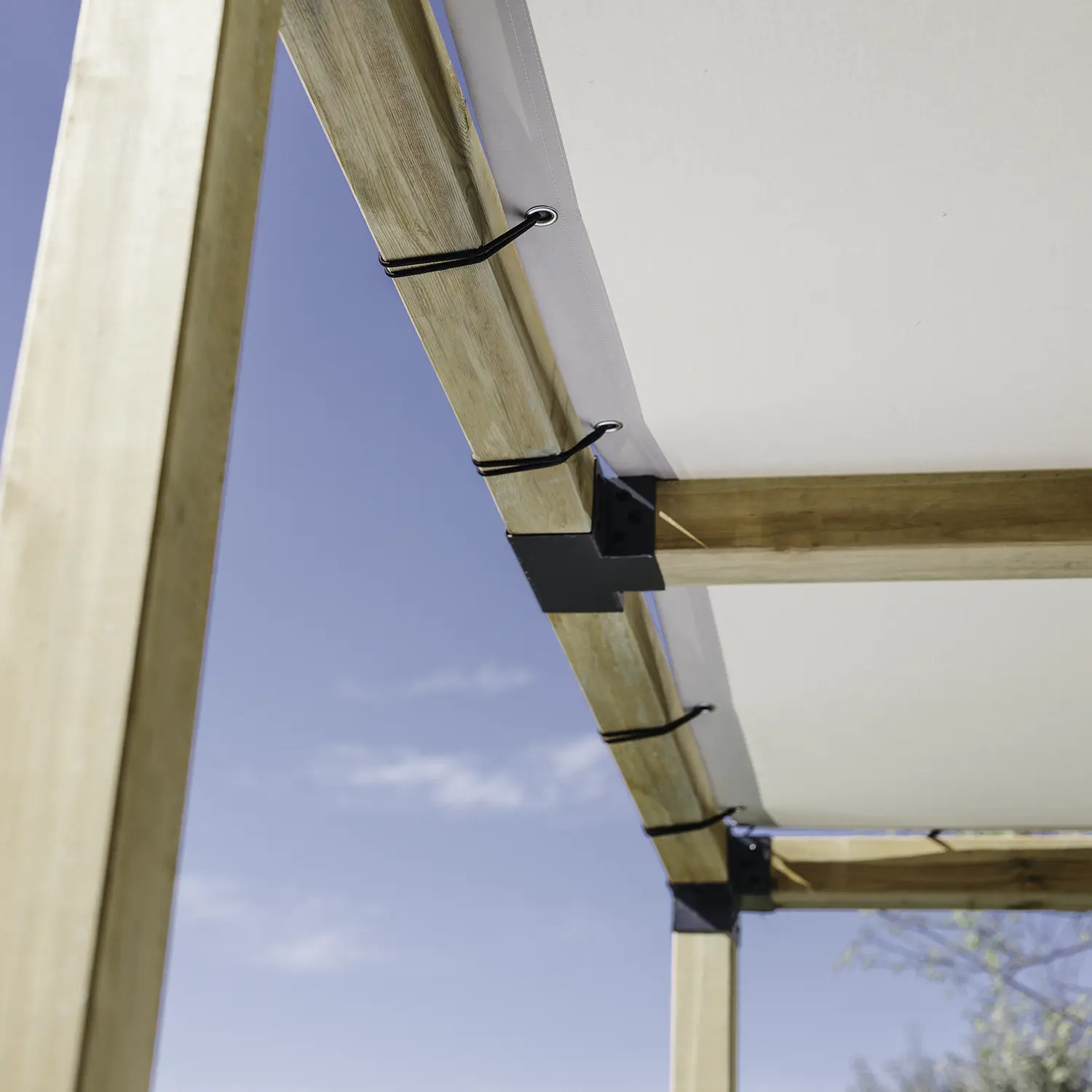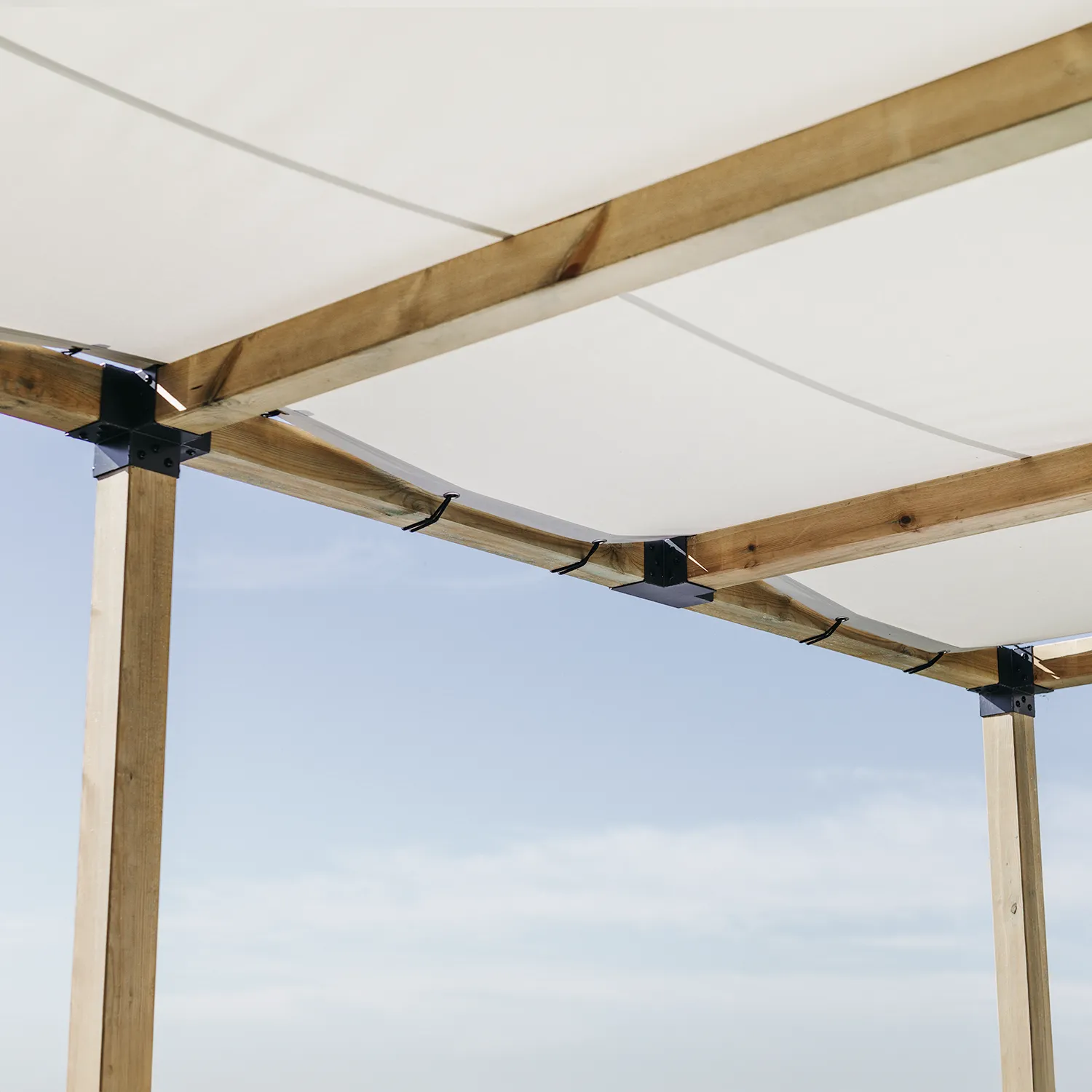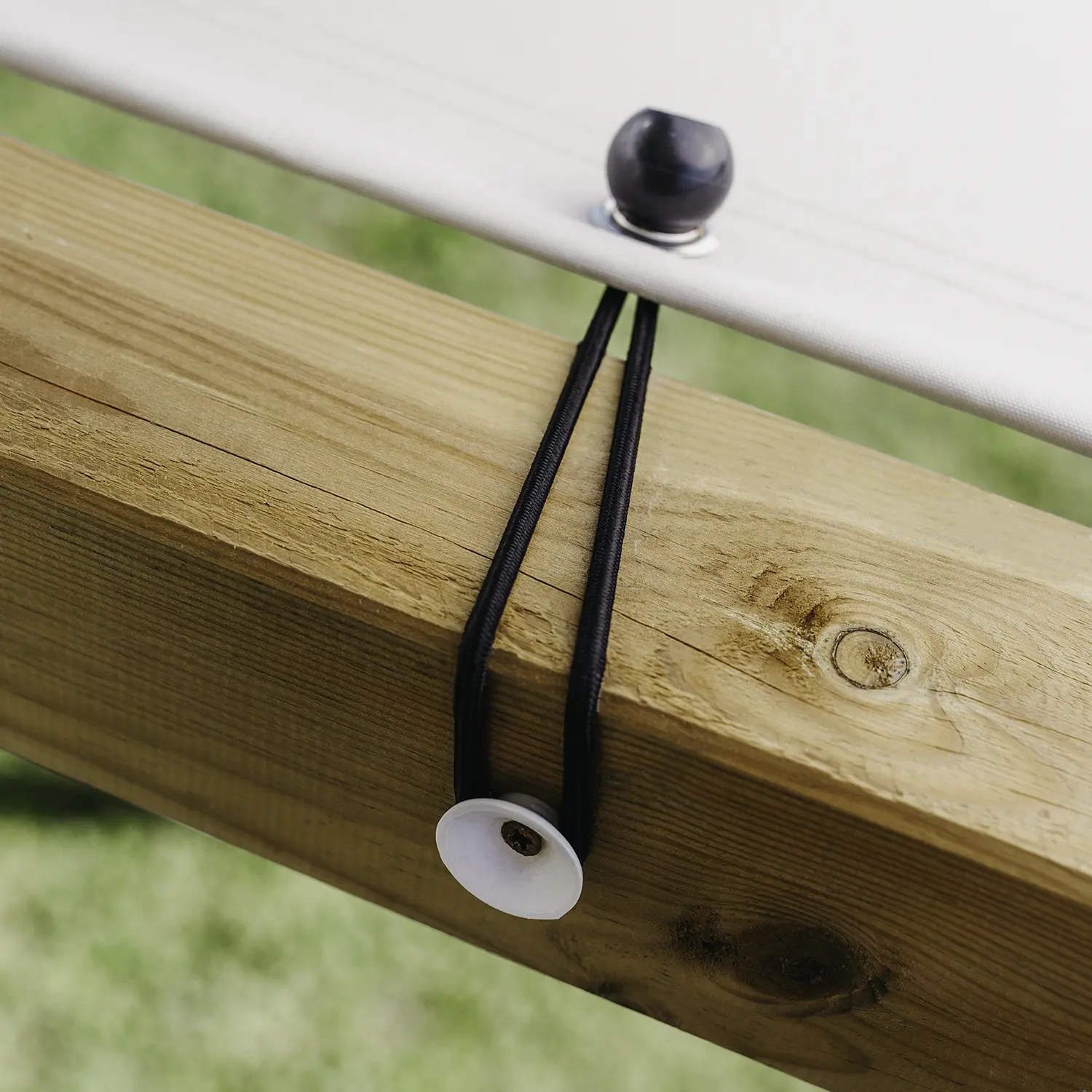-
-
FIXED SHADE SAILS
-
ROLL-UP SHADE SAILS
-
OUTLET & ACCESSORIES
-
SAILS BY SHAPE
-
BUYING GUIDE
-
INSTALLATION GUIDE
-
APPLICATIONS
-
-
-
BUYING GUIDE
-
-
CUSTOM ROLLER SHADES
-
STANDARD ROLLER SHADES
-
BUYING GUIDE
-
-
-
-
-
-
Shade sails
-
-
Applications of an eyelet tarpaulin
An eyelet tarpaulin, equipped with metal rings along the edges, is widely used in a variety of contexts, from domestic to commercial. From covering pergolas or gazebos to protecting swimming pools or terraces, eyelet tarpaulin is a versatile tool that adapts to all needs.
Get inspired and discover the applications and ways to attach your eyelet tarpaulin.











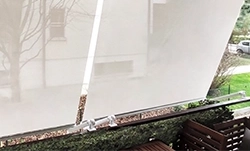


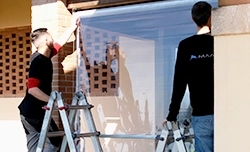

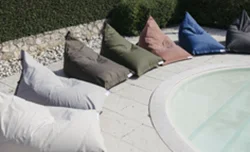






 English GB (English)
English GB (English)
